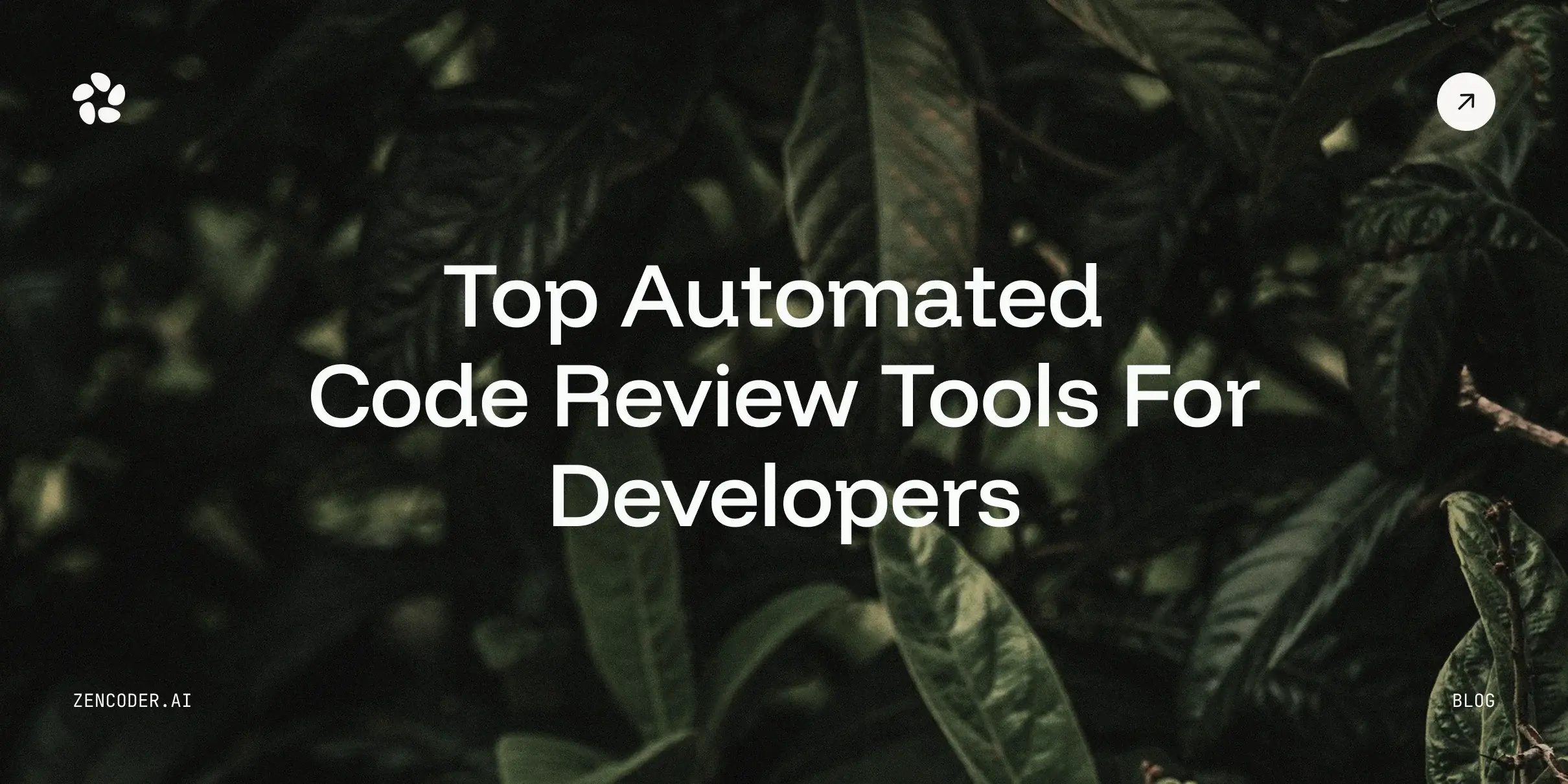Did you know that 66% of IT projects globally end in partial or total failure? A major cause is paradox codes, hidden architectural contradictions that remain invisible until different parts of a system start working together. On the surface, everything looks fine, but once integrated, these conflicts emerge in ways that traditional testing simply can’t reveal.
To help you better understand this issue, we will explore what paradox codes are and how you can spot and eliminate them before they bring your projects down.
What are Paradox Codes?
Paradox codes are hidden software conflicts that emerge only when components are combined. They occur when modules that work perfectly in isolation create contradictions in integration, often escaping unit tests and surfacing only during full system execution.
3 Core Paradox Codes in Enterprise Systems
Paradox codes typically arise from fundamental trade-offs in software architecture. In enterprise systems, you’ll commonly encounter three core paradoxical tensions that can manifest as conflicting code paths. Let’s break down these three key paradoxes and explore why they occur:
1. Robustness vs. Agility – The “Can’t Have Both” Paradox
When designing systems, there’s a constant tension between robustness and agility. Each approach offers clear benefits, but they pull in opposite directions:
- Robust systems are built for predictability, explicitly handling every known edge case so that nothing slips through the cracks. Their goal is to anticipate and prevent failure in all scenarios that are already understood.
- Agile systems, on the other hand, accept that not everything can be predicted. Instead of trying to cover every scenario upfront, they prioritize adaptability, deploying quickly and responding flexibly when new or unexpected situations arise.
🔴 The Paradox
You can’t maximize both at the same time. If a system is designed to strictly cover every known case, it becomes difficult to adjust when something unexpected occurs. On the other hand, a system focused on agility may adapt quickly but often leaves gaps in handling well-understood problems.
📌 Example – NASA vs. SpaceX
NASA's spacecraft software emphasizes extreme robustness by anticipating and explicitly handling every known failure mode to ensure ultra-reliability, reflecting the goal of predictability and safety in well-understood scenarios.
SpaceX’s approach favors agility, iterating quickly and learning from failures in real time, embodying adaptability and rapid response to unexpected or novel situations.
2. Standardization vs. Customization – The Central Control Paradox
Organizations constantly wrestle with the trade-off between enforcing uniform standards and enabling local flexibility. Both paths offer benefits, but they tug in opposite directions:
- Standardization ensures consistency and predictability. Everyone follows the same approved way of doing things: one API style, one UI framework, one deployment pipeline.
- Customization, in contrast, acknowledges that teams face different needs and contexts. It grants autonomy to choose tools, experiment with multiple approaches, and fine-tune solutions for their specific environment.
🔴 The Paradox
A strictly enforced standard can cripple teams that don’t fit the mold, forcing awkward workarounds or covert divergence. But the moment you allow “standards with exceptions,” the standard stops being a true standard and becomes optional guidance.
📌 Example – REST vs. GraphQL vs. Protocol Buffers
Suppose the organization mandates REST + JSON for all services. One team, however, requires GraphQL for complex queries, while another needs Protocol Buffers for improved performance. Allowing these exceptions undermines the single standard, leading to multiple competing formats. Denying them, on the other hand, pushes teams toward inefficient or brittle solutions.
3. Legacy Stability vs. Innovation – The Knowledge Paradox
Enterprises constantly face the trade-off between preserving existing behavior and introducing modern improvements. Both are valuable, but they work against each other:
- Legacy stability safeguards predictability by preserving every quirk, bug, and undocumented feature that some process or customer may rely on. It treats change as risk, prioritizing continuity and the accumulated knowledge embedded in the system.
- Innovation pushes in the opposite direction. It values progress, clean design, and modern best practices, even if that means breaking from “how things have always worked.” Innovation treats quirks as problems to fix, not traditions to preserve.
🔴 The Paradox
Keeping every legacy behavior locks you into outdated approaches, preventing meaningful improvement. But fixing or retiring them risks breaking dependent processes and alienating users who rely on the old ways.
📌 Example – Microsoft Office’s File Formats
For decades, Microsoft Office balanced legacy stability with innovation. Older versions of Word and Excel had quirks in their binary file formats, and countless organizations built workflows, macros, and integrations that relied on those exact behaviors.
When Microsoft introduced the new XML-based formats (.docx, .xlsx) for modernization, they couldn’t simply abandon the old ones. Instead, Office had to support both: faithfully handling decades-old binary quirks for compatibility while promoting the new formats for innovation.
How to Find Paradox Codes in Your Codebase
These issues can hide in your codebase because, on the surface, everything might look “correct.” Traditional testing and static analysis often miss these architectural conflicts because each module or service may be individually sound. Here are some strategies to find these issues:
1. Check for Circular Dependencies
A circular dependency happens when component A depends on B, and B also depends on A. This creates a design paradox, since neither piece can work independently, and it usually signals unclear ownership or overlapping responsibilities.
To catch these issues early, use static analysis tools. For example, in a Node.js project, you can run:

This will show you any circular import relationships.
🟢 How to Fix:
If you find a cycle, map out the components and check whether the modules are overlapping in responsibility or handling the same data. If they are, break the cycle by restructuring dependencies, often by moving shared logic into its own module or clarifying ownership.
2. Find Duplicate or Divergent Logic
Watch out for situations where the same business logic shows up in multiple places. A quick copy-paste can drift over time, and suddenly two services handle the “same” rule in slightly different ways.
To catch this, use code-clone or similarity detectors. For example:

🟢 How to Fix:
Use a clone detector (e.g., npx jscpd --path src) to find places where the same business logic has been copied into multiple modules. If the logic has diverged, consolidate it into a shared module or establish a single authoritative version to avoid contradictions.
3. Search for “Temporary” Fixes and Comments
Developers often leave clues when they know code isn’t ideal. Comments like:

These “temporary” patches tend to linger and can hide contradictions beneath the surface.
🟢 How to Fix:
Run a simple search (grep or similar) for keywords such as:
- HACK
- TEMPORARY
- WORKAROUND
- TODO
- FIXME
If you see clusters of these around a module, treat it as a conflict zone. Long-standing temporary code or complex conditionals that try to reconcile two different rules are strong signals that paradox code may be hiding there.
4. Leverage AI and System-Wide Analysis
Paradox code often spans services, making it tough to catch with manual review or traditional static analysis. With AI-powered scanners, you can:
- Trace relationships across modules and services.
- Spot when two systems both act as the “source of truth” for the same data.
- Detect when business rules are implemented differently in separate places.
Because these tools understand system context, they catch contradictions scattered across teams or repositories. Many integrate directly into CI pipelines or code review workflows, providing a comprehensive view of architectural consistency.
💡 Pro Tip
To uncover paradox codes, you need a tool that deeply understands your entire system, not just isolated files. Zencoder uses its powerful Repo Grokking™ technology to map dependencies, data flows, and logic across services and repositories, surfacing architectural contradictions that static analysis misses.

Paired with Zentester, which automatically generates and adapts tests across every layer, Zencoder exposes paradoxes that only appear during real-world execution, giving your team the visibility and resilience to stop them before they reach production.
Watch Zentester in action:
4 Strategies to Eliminate Paradox Codes
Once you’ve identified paradox codes lurking in your system, the next challenge is eliminating them. This usually means undertaking targeted refactoring or architectural changes to resolve the contradiction.
1. Strangler Fig Refactoring
This approach is named after the strangler fig tree, which grows around an old tree until it fully replaces it. In software, the idea is similar: instead of doing a risky “big bang” rewrite, you gradually replace problematic code with a new implementation.

How it works:
- Wrap the old system with a new component.
- Build new logic that correctly handles the same functionality.
- Use tools like feature flags or routing rules to send a small amount of traffic to the new code.
- Monitor performance closely (latency, error rates, etc.).
- Gradually increase traffic to the new implementation as it proves stable.
- Once it’s fully reliable, retire the old code.
This step-by-step process ensures that if problems occur, you can roll back quickly. Over time, the new system “strangles” the old one, leaving you with a clean, modern codebase without major downtime.
2. Event Sourcing
Many paradoxical errors in systems occur when different services attempt to update the same piece of data in ways that conflict with one another, resulting in contradictory states. The Event Sourcing pattern helps resolve these issues by changing the focus from each service holding its own mutable state to all services relying on a shared, immutable log of events.

How it works:
- Every time something changes, you record an event (e.g., InvoiceCreated, InvoicePaid).
- These events are stored in an immutable log in the exact order they happened.
- Services don’t maintain their own versions of the state. Instead, they rebuild their state by replaying events from the log, or react to new events as they occur.
- The log acts as the single source of truth for the entire system.
3. Contract-First Development
A common problem in microservices and integrated systems is when different components make different assumptions about the data they share. For example, Service A might expect a field in format ABC, while Service B assumes XYZ. These mismatches lead to confusing, paradoxical bugs.
Instead of coding first and fixing conflicts later, with contract-first development, you start by defining a shared contract that everyone agrees on.
How it works:
- Define the interface up front – Use tools like OpenAPI/Swagger or GraphQL SDL to describe APIs, schemas, and data models before writing code.
- Review the contract together – Any differences in assumptions (like data formats or ownership) become clear during this stage.
- Assign clear ownership – Decide which service is responsible for which piece of data and how it should be represented.
- Enforce versioning – Once the contract is set, breaking changes require a version bump or explicit coordination, so no team can silently introduce conflicting logic.
- Keep everyone aligned – For example, if the API spec says InvoiceAmount is a positive integer, no service can later treat it as a float or currency without updating the contract.
4. Modular Decomposition
Modular decomposition allows you to eliminate paradox code by consolidating duplicated logic into a single, authoritative module or service. Instead of each system handling things like tax calculations or permissions in slightly different ways, everything points to one source of truth.

How it Works:
- Identify duplicated logic – Pinpoint areas where multiple services implement the same functionality (e.g., tax calculations, permissions, or data validation).
- Establish a canonical implementation – Select the most accurate or complete version and consolidate it into a single module, shared library, or dedicated microservice.
- Redirect dependencies – Reconfigure other services to consume the centralized implementation rather than maintaining their own.
- Eliminate local copies – Remove redundant implementations to prevent divergence and ensure long-term consistency.
How to Choose the AI Tool to Catch Hidden Paradox Codes
Not every AI-powered code tool is equipped to deal with paradox codes. Since these conflicts often span multiple services and only emerge at the architectural level, the right solution needs to go far beyond surface-level bug detection. When evaluating tools, look for these capabilities:
- System-wide visibility – The tool should track dependencies and relationships across modules and services, rather than just scanning files in isolation.
- Consistency detection – It must identify duplicate or divergent business logic that drifts apart over time, even across different teams’ repositories.
- Context awareness – Comments, “temporary fixes,” and conditional workarounds are often signals of deeper issues. A good tool should flag these patterns automatically.
- CI/CD integration – To be effective, paradox detection must run continuously, catching contradictions before they reach production.
- Actionable insights – Beyond detection, the tool should help teams resolve paradoxes with clear recommendations, not just raw warnings.
Write Bug-Free Code With Zencoder

Zencoder integrates effortlessly with CI/CD pipelines to automate essential engineering workflows, including bug fixing, code reviews, refactoring, and test generation, eliminating bottlenecks and empowering teams to deliver faster with increased reliability and confidence.
How can Zencoder help you:
- Repo Grokking™ – Analyze the entire codebase to uncover structural patterns, cross-service dependencies, and hidden architectural contradictions that give rise to paradox codes.
- Multi-Repo Search – Index and query across repositories to spot duplicated logic, conflicting data ownership, and architectural drift that create paradox codes.
- Zen Agents – Deploy customizable AI teammates to detect contradictions, catch circular dependencies, and enforce contract-first principles across your system.
- Zentester – Auto-generate tests across unit, integration, and end-to-end flows, exposing paradox codes that only appear during full execution.
- AI-Powered Code Review – Continuously review code for mismatched assumptions, divergent logic, and architectural conflicts before they reach production.
Start your free trial today and write production-ready code faster with intelligent AI features!






![12 Best DevOps Testing Tools for 2026 [Comparison List]](https://zencoder.ai/hubfs/Cover-Nov-18-2025-04-51-58-6612-PM.webp)